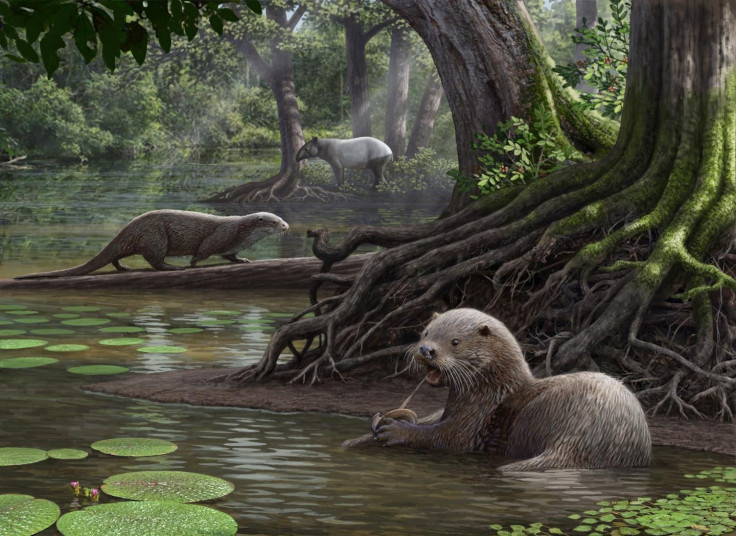This bone-crushing giant otter was a top predator 6 million years ago
Siamogale melilutra was much larger than any other living otter and likely would have been a formidable hunter.

A huge wolf-sized otter which lived around 6 million years ago in the wetlands of south-west China was probably the dominant predator of its time, according to an international team of researchers.
Weighing around 50kg, Siamogale melilutra was much larger than any other living otter and likely would have been a formidable hunter as a result of its powerful bite and size.
"We started our study with the idea that this otter was just a larger version of a sea otter or an African clawless otter in terms of chewing ability, that it would just be able to eat much larger things. That's not what we found," said Z. Jack Tseng, from the University at Buffalo, and research associate at the American Museum of Natural History and the Natural History Museum of Los Angeles County.
"We don't know for sure, but we think that this otter was more of a top predator than living species of otters are," Tseng said. "Our findings imply that Siamogale could crush much harder and larger prey than any living otter can."
Modern otter species eat a wide variety of foods including plants, rodents, fish crabs and clams. While it is not clear exactly what S. melilutra would have eaten, its jaws would have been powerful enough to crush the shells of large molluscs, as well as the bones of birds and small mammals.
For the study, published in the journal Scientific Reports, the scientists created 3D scans of the skulls of 10 modern otter species in order to simulate how the jaw bones bent under biting forces. They then digitally reconstructed the skull of S. melilutra based on a crushed cranial fossil.
The team noticed a trend: smaller otters had sturdier jaws, however, S. melilutra was an outlier.
"At the time that the otter lived, the area where its remains were found included a swamp or a shallow lake surrounded by evergreen forest or dense woodland," said Denise F. Su, from the Cleveland Museum of Natural History and one of the leaders of the Shuitangba Project that discovered the otter's fossil – a finding that was reported earlier this year.
"There was a diverse aquatic fauna at Shuitangba, including fish, crab, mollusks, turtles and frogs, as well as many different species of water birds, all of which could have been potential prey for S. melilutra."
In this wet and forested environment, the otter's powerful jaws may have given it an edge over other predators which could not hunt in water or crush the shells of aquatic prey.
"Carnivores are known to evolve powerful jaws, often for the purpose of cracking the bones of their prey," said Xiaoming Wang, from the Natural History Museum of Los Angeles County, who was also part of the team that discovered the otter. "In the shallow swamp of South China, it's possible that an abundance of big clams drove these giant otters to acquire their rare traits, including their crushing teeth and robust jaws."





















